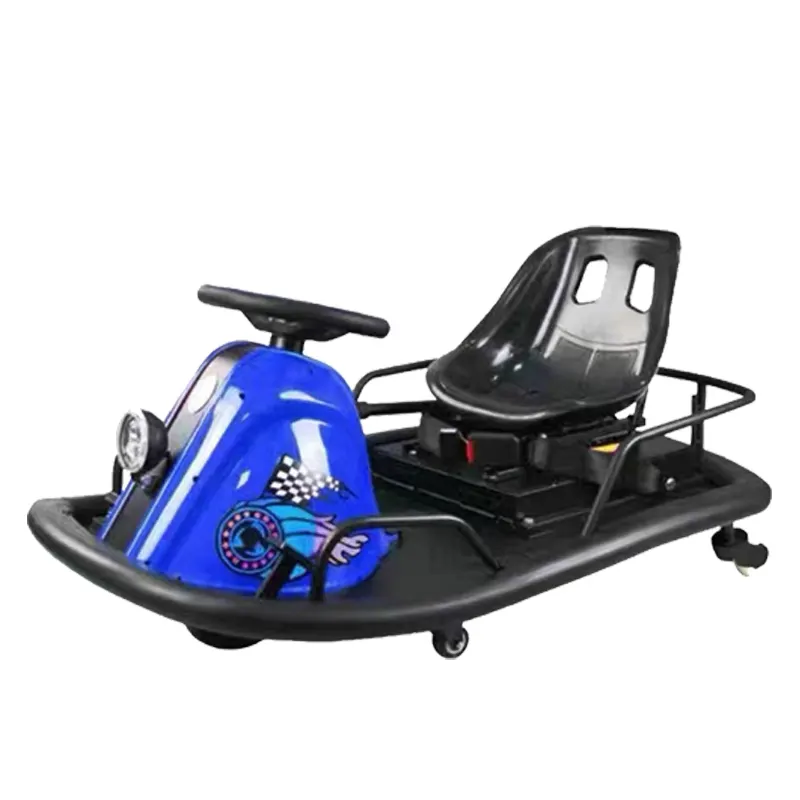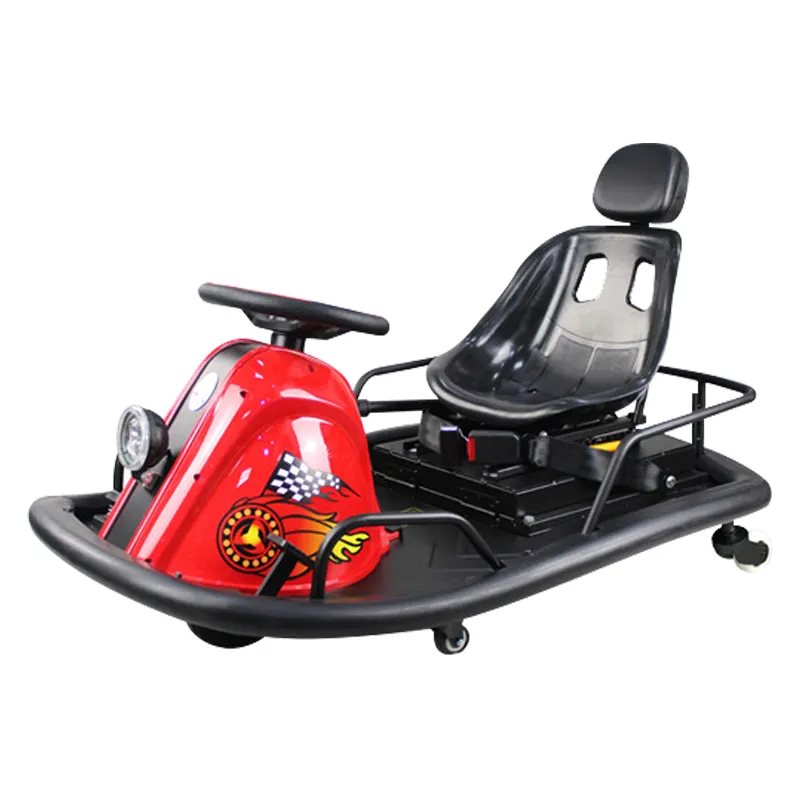The Ultimate Gateway to Professional Racing
For decades, go-karts have served as the foundational stepping stone for racing enthusiasts worldwide. From Formula 1 legends like Lewis Hamilton and Michael Schumacher to upcoming motorsport stars, nearly every professional driver began their journey behind the wheel of a go-kart. These compact yet powerful machines offer an unparalleled combination of accessibility, thrill, and technical challenge that continues to captivate racing enthusiasts of all ages.
The raw, pure racing experience provided by go-karts creates an immediate connection between driver and machine. Without the complex electronics and driver aids found in modern vehicles, karting demands genuine skill, quick reflexes, and precise control. This authenticity makes go-karts not just a recreational activity, but a serious pursuit for those passionate about motorsports.

Essential Components of Go-Kart Racing
Mechanical Simplicity and Performance
Go-karts embody the essence of motorsport with their straightforward yet effective design. The typical racing kart features a lightweight tubular chassis, responsive steering system, and a high-performance engine that can deliver impressive power-to-weight ratios. This simplicity not only makes maintenance more manageable but also allows drivers to develop a deep understanding of vehicle dynamics.
The direct drive system commonly found in go-karts provides instant feedback to the driver, making every input felt immediately through the chassis. This responsiveness helps drivers develop superior car control skills and mechanical sympathy that prove invaluable in higher racing categories.
Track Dynamics and Racing Technique
Karting tracks are specifically designed to challenge drivers with a mix of technical corners, straightaways, and varying elevation changes. These circuits compress the racing experience into a smaller space, requiring drivers to make split-second decisions and execute precise maneuvers. The intense nature of go-kart racing helps develop crucial skills like spatial awareness, racing lines, and defensive driving techniques.
Racing enthusiasts particularly appreciate how go-karts allow them to experience significant g-forces and practice advanced techniques like trail braking and weight transfer at relatively safe speeds. This makes karting an ideal platform for learning and perfecting racing fundamentals.
The Competitive Landscape of Karting
Professional Racing Series
The world of competitive karting features highly organized racing series at local, national, and international levels. These championships attract serious competitors who invest in top-tier equipment and dedicate themselves to mastering their craft. Professional karting serves as a crucial talent identification platform for major racing teams and driver development programs.
The competitive structure of go-kart racing provides clear progression paths for aspiring racers. From rookie classes to senior categories, drivers can gradually advance while building their skills and racing resume. This systematic approach to driver development has proven successful in producing many of today's top motorsport talents.
Amateur and Recreational Racing
Beyond professional competition, go-karts offer accessible racing opportunities for enthusiasts at all skill levels. Indoor karting centers and rental facilities make it possible for anyone to experience the thrill of racing without significant initial investment. These venues often organize leagues and casual racing events that build vibrant communities of racing enthusiasts.
The social aspect of recreational karting creates lasting connections among participants who share a passion for motorsport. Regular practice sessions and friendly competitions help drivers improve while enjoying the camaraderie of fellow racers.
Technical Development and Innovation
Advanced Engineering Solutions
Modern go-karts incorporate sophisticated engineering principles despite their apparent simplicity. Manufacturers continuously refine chassis designs, brake systems, and engine performance to meet the demanding requirements of competitive racing. This ongoing development ensures that karting remains at the cutting edge of motorsport technology while maintaining its fundamental accessibility.
Recent innovations in electric go-karts are opening new possibilities for the sport, offering instant torque delivery and reduced maintenance requirements. These developments demonstrate how karting continues to evolve while preserving the core elements that make it appealing to racing enthusiasts.
Safety Advancements
The karting industry has made significant strides in safety equipment and protocols. Modern go-karts feature improved roll cages, impact-absorbing barriers, and advanced brake systems. These safety innovations allow drivers to push their limits with confidence while minimizing the risks inherent in motorsport.
Track design and safety regulations have also evolved to provide better protection for drivers while maintaining the challenging nature of the sport. This balance between safety and performance is crucial for attracting new participants to karting while satisfying experienced racers' demands.
Frequently Asked Questions
What age is appropriate to start go-kart racing?
Most karting programs welcome children as young as 5-7 years old in specially designed kid karts. These vehicles feature reduced power and enhanced safety features, making them perfect for introducing young drivers to motorsport basics. Adults can start at any age, with many facilities offering beginner programs for newcomers.
How much does it cost to get involved in go-kart racing?
Entry costs vary significantly depending on your commitment level. Recreational karting at rental facilities typically costs $25-50 per session. For competitive racing, initial investment in personal equipment (kart, safety gear, tools) can range from $3,000 to $10,000, with ongoing maintenance and race entry fees to consider.
What physical fitness level is required for go-kart racing?
While go-kart racing doesn't demand peak athletic condition, good overall fitness helps with endurance and concentration during races. Core strength, neck muscles, and cardiovascular fitness are particularly important. Regular karting itself can improve physical condition through the g-forces and steering inputs required.




